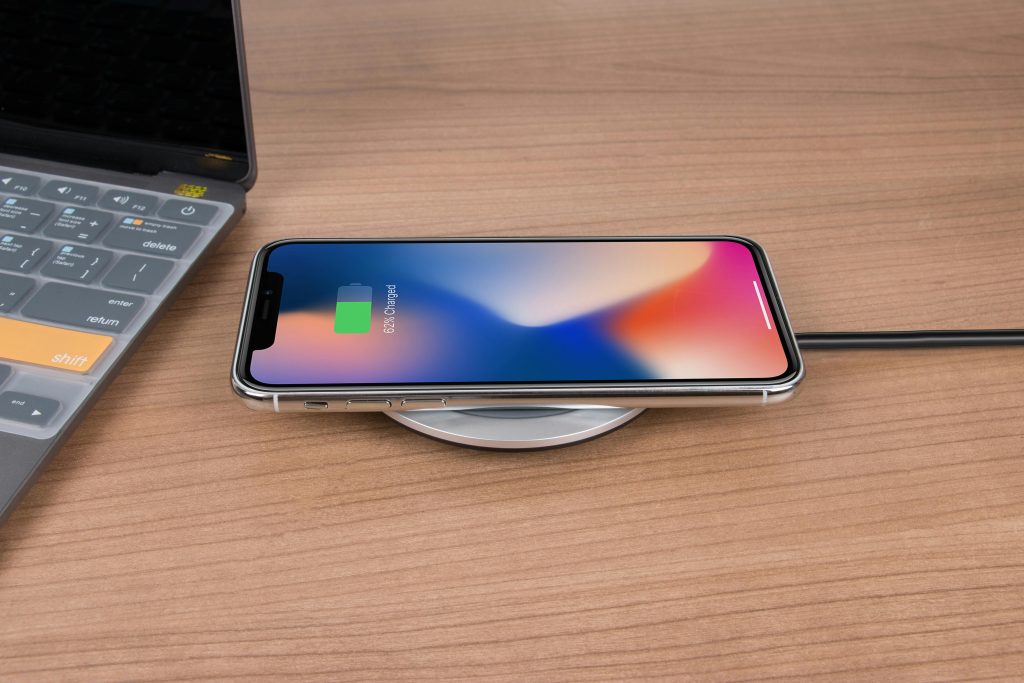Troubleshooting Persistent Browser Crashes and Blue Screen Errors on Your Windows Computer
Experiencing frequent issues with your computer can be frustrating, especially when they disrupt your daily activities. If you have recently encountered a malware alert and are now facing persistent browser crashes, screen flickering, and bluescreen errors, it’s important to follow a systematic troubleshooting approach to identify and resolve the underlying problems.
Understanding the Symptoms
In your case, the key issues include:
- A malware notification popping up unexpectedly.
- Browser crashes occurring constantly.
- Screen flickering, often resembling HDR reset behavior, leading to black screens intermittently.
- Multiple bluescreen errors, notably the “IRQL_NOT_LESS_OR_EQUAL” message.
Initial Steps to Troubleshoot
- Ensure System Security
Although your initial virus scan did not detect any threats, malware can sometimes evade standard scans. Consider running a dedicated malware removal tool such as Malwarebytes or HitmanPro for a deeper scan. Additionally, ensure your antivirus software is up-to-date.
- Check for Windows System File Integrity
Running the System File Checker (SFC) utility, as you did with sfc /scannow, is a good step. If no issues were reported, you might also try the Deployment Image Servicing and Management (DISM) tool to repair the system image:
DISM /Online /Cleanup-Image /RestoreHealth
Run this command in an elevated Command Prompt and then re-execute sfc /scannow to verify system integrity.
- Update Drivers and Windows
Outdated or corrupt device drivers, particularly graphics drivers, are common causes of display flickering and system crashes. Visit your hardware manufacturer’s website to download and install the latest drivers, especially for your graphics card. Keep Windows up to date with the latest patches and updates.
- Monitor System Hardware
Hardware issues such as faulty RAM or storage drives can also result in the errors you’ve described. Running a memory diagnostic using Windows Memory Diagnostic or MemTest86 can help identify RAM problems. Additionally, check your hard drive’s health with tools like CrystalDiskInfo.
- Review Error Codes and Crash Dumps
The IRQL_NOT_LESS_OR_EQUAL error often relates to driver issues or hardware conflicts. Use tools like BlueScreenView or WinDbg to analyze minidump files stored after crashes. These analyses can pinpoint the exact driver or
Share this content:



